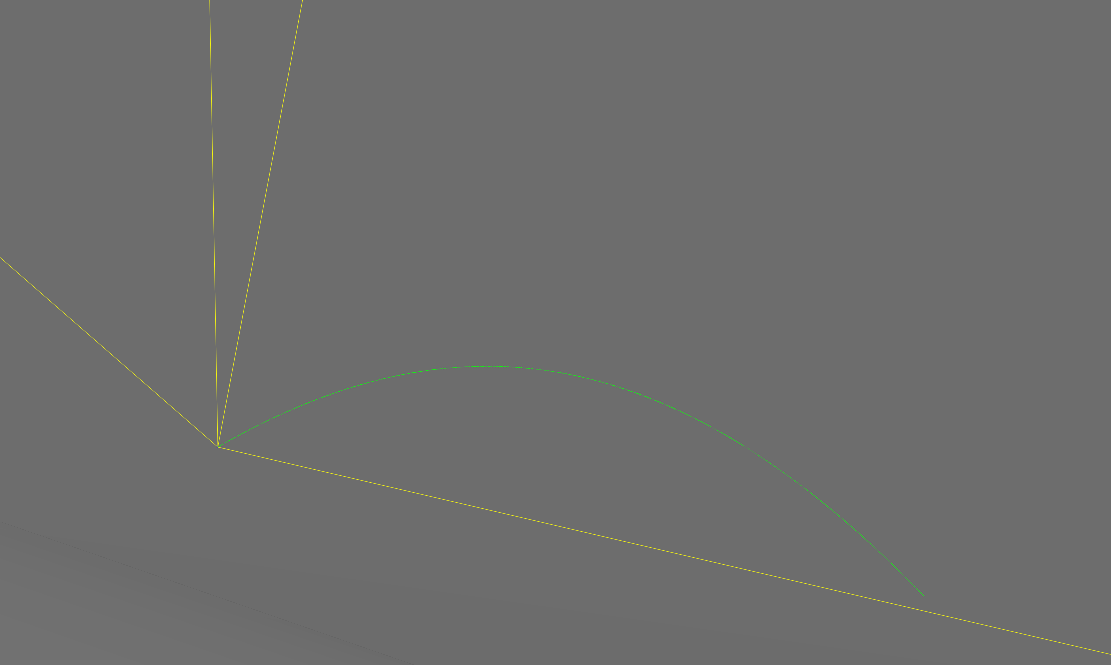Gravity
A global gravity field for neutrons can be enabled using the G4GravityHelper module in dgcode by adding two lines in your main Python script (the “sim-script”):
#launcher is the G4Launcher object used in the sim-script
import G4GravityHelper.NeutronGravity as ng
ng.enableNeutronGravity(launcher)
This enables a standard strength (\(9.80665m/s^2\)) gravity field, pointing along the direction \((x,y,z) = (0,-1,0)\). This follows the convention that the y-axis points upwards. Note that for performance reasons, only neutrons will be affected by this field.
To change the direction of the gravity field, specify the direction (should form a unit vector!) in the call. For instance, if in your geometry the x-axis should point upwards, do:
import G4GravityHelper.NeutronGravity as ng
ng.enableNeutronGravity(launcher,-1,0,0)
The field strength can be changed with the g-parameter (note that the provided
parameter will be assumed to be in units of \(m/s^2\)):
import G4GravityHelper.NeutronGravity as ng
ng.enableNeutronGravity(launcher,g=9.82)
Or change both direction and strength:
import G4GravityHelper.NeutronGravity as ng
ng.enableNeutronGravity(launcher,-1,0,0,g=9.82)
Here is a example of the effect of gravity, showing the movement of a \(10^{-6}\) eV ultra-cold neutron in vacuum. The neutron is ultimately captured by the floor.
